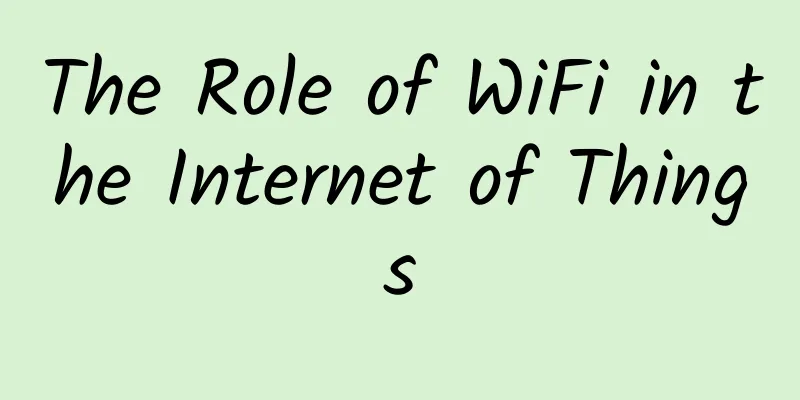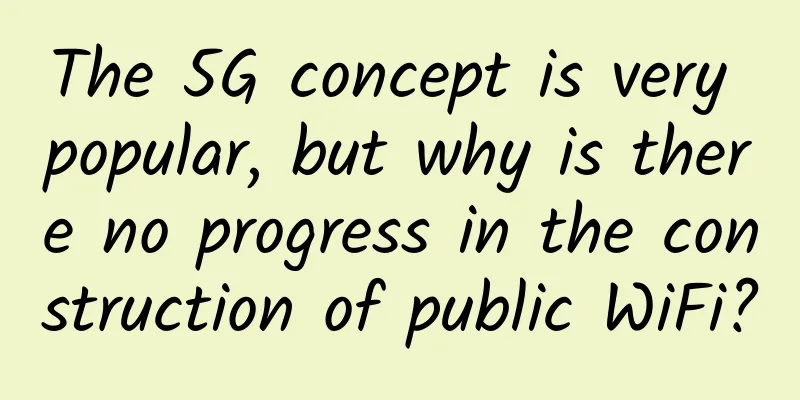The Role of WiFi in the Internet of Things

|
The trend toward supporting multiple connections under a common platform is not limited to wireless broadband. As the Internet of Things (IoT) gathers pace, the demand for machine-to-machine (M2M) connections will increase significantly, many of which will be wireless. They will have more performance requirements, reflecting the large number of different use cases that may emerge in the IoT space.
No single technology will meet all of these requirements, and there are many wireless IoT protocols. This will likely solidify over time, but there will definitely need to be at least one open, standardized technology for multiple key IoT profiles. These profiles differ based on their level of support:
(Note: Some proprietary protocols may continue to be used in specialized environments such as public safety or railroads.) WiFi WiFi has the advantage of handling multiple profiles due to its proliferation of standards. This means it will play a role in most IoT environments, whether used alone or interworking with more specialized protocols or with cellular networks. Certain IoT applications (such as vehicle services) or video-based applications (such as connected security cameras) will require the bandwidth of wireless broadband networks that are implemented to achieve other requirements such as low latency (in critical environments, this may happen on dedicated networks or slices). WiFi is uniquely positioned to support both broadband and narrowband IoT applications with a common platform that can operate at different levels of power consumption and signal ranges. The next version of the 5G standard, Release 16, will prioritize IoT-centric features such as sub-4 millisecond latency and very high availability to support emerging use cases in the URLLC (Ultra-Reliable Low Latency Communications) category. Relative position of specific IoT-focused wireless technologies by function LPWAN Low-power wide-area network (LPWAN) connectivity is a particularly interesting example of where IoT will require multiple technologies, potentially as a unifying link alongside WiFi, the most widely installed technology in networks and devices. This is a major area, along with the already established WPAN standards, where there are non-WiFi technologies operating at scale in unlicensed spectrum. WiFi and LoRaWAN are the two most adopted unlicensed technologies, and together they address a large portion of IoT use cases. The approaches of these technologies are disrupting existing business models and enabling people to participate in the success of 5G. The WBA and the LoRa Alliance have published a joint white paper demonstrating how these two widely deployed IoT connectivity technologies can be combined to effectively support a large number of use cases. LPWAN will support applications such as smart transportation, smart lighting, and asset tracking, to name just a few. LPWAN provides a good example of how multiple unlicensed and licensed spectrum technologies will coexist. HaLOW (a trademark for the 802.11ah standard) allows WiFi to be deployed in sub-GHz unlicensed spectrum to support LPWAN use cases. Other unlicensed spectrum options include LoRa and Sigfox, while there are two LTE-based options in the licensed bands: LTE Cat-M and LTE Cat-IoT. Each of these technologies supports a different balance between power consumption and data rate, making them best suited for different applications. Many service providers are already deploying two or more technologies simultaneously to support the wide range of services that make up the IoT. In complex environments like smart cities, for example, being able to use a combination of connectivity technologies to support use cases with different requirements and integrate them all under a common management platform is critical to an economically viable and feature-rich solution. While it is important to have multiple technologies supporting the widely varying requirements of the IoT, these technologies must also be able to interoperate seamlessly to avoid creating islands of communication, which would severely limit the ability to create a broad platform on which different applications can easily exchange data. |
<<: What is the difference between private and public LoRaWAN networks?
Recommend
The Ministry of Industry and Information Technology responded to the withdrawal of 2G/3G networks: an inevitable choice for upgrading
Recently, the Ministry of Industry and Informatio...
5G market is rapidly expanding and artificial intelligence scenarios are becoming a reality
[[183832]] In response to the explosive growth of...
Point2 launches 5G RangeXtender to increase network fronthaul and backhaul range
Point2 Technology said its 5G RangeXtender allows...
Juniper Networks: AI empowers experience first
In the era of the Internet of Everything, with th...
What can 5G messaging bring to industry customers?
5G messaging is planned and built based on the GS...
QuChain Technology settles in Huawei Cloud and will jointly build integrated blockchain services
On September 6, during HUAWEI CONNECT 2017, Huawe...
The Ministry of Industry and Information Technology interprets the three-year special action plan for increasing IPv6 traffic, requiring home terminals to support
[[410842]] The Ministry of Industry and Informati...
After three whole years, what changes has 5G brought us?
On June 6, 2019, my country officially issued 5G ...
HTTP 2.0 Interview Pass: Mandatory Caching and Negotiated Caching
[[413787]] This article is reprinted from WeChat p...
Digital city, 5G is just the appetizer
In the past few days, the cold front has hit, but...
Top 10 predictions for the IoT industry in 2018
The IoT industry had a brilliant year in 2017. So...
F5's 2022 State of Application Strategy Report shows that edge deployment and load security have become the focus in the Asia-Pacific region
Digital transformation is in full swing, and tech...
Can we rely on HTTPS to keep us safe?
HTTPS is the guardian of web connections Most URL...
Seven technology trends for 2018 that IT pros need to know
As 2017 draws to a close, IT industry leaders are...
AI and 5G ranked as top technology trends for 2022 and beyond
In a survey of 350 chief technology officers, chi...









